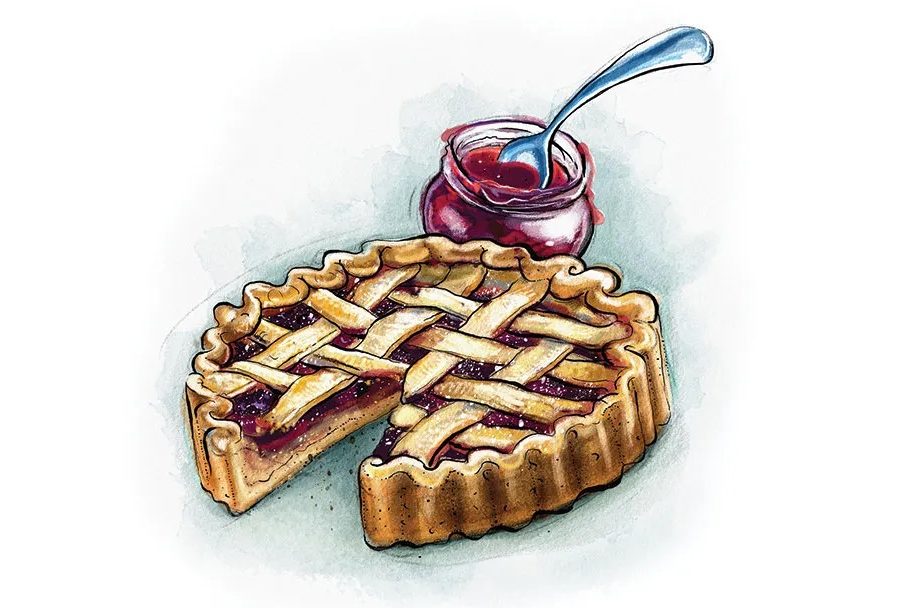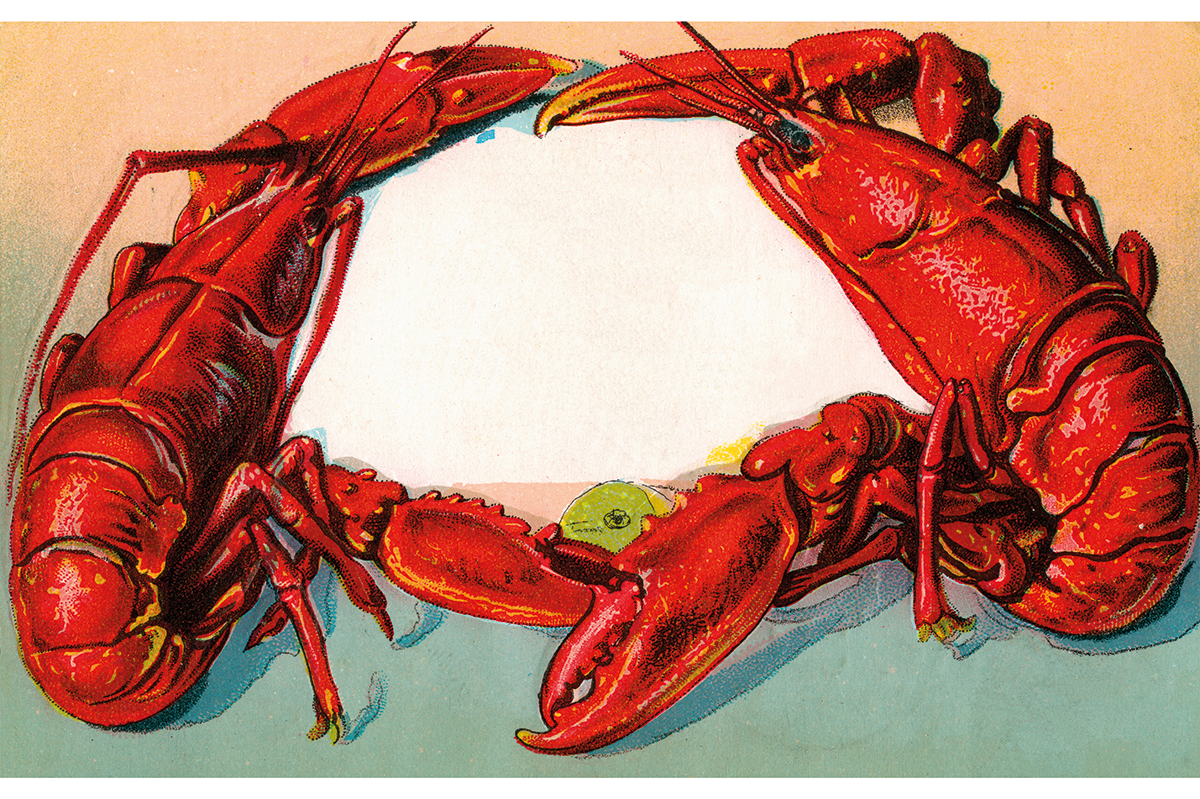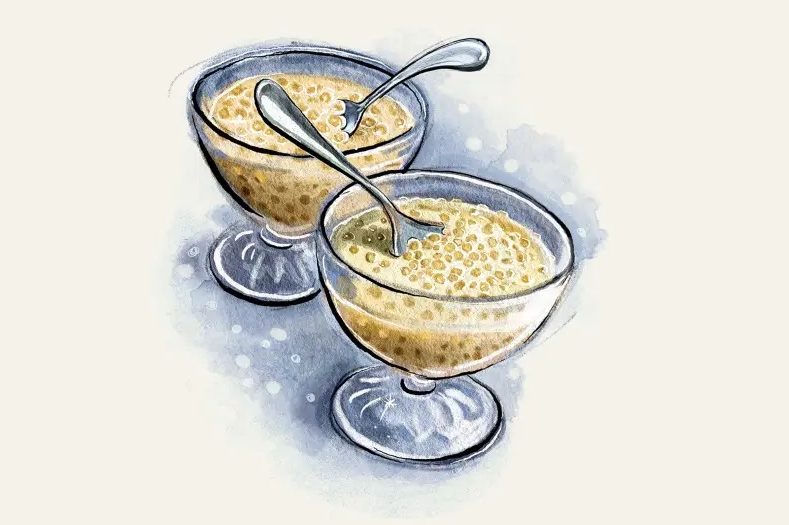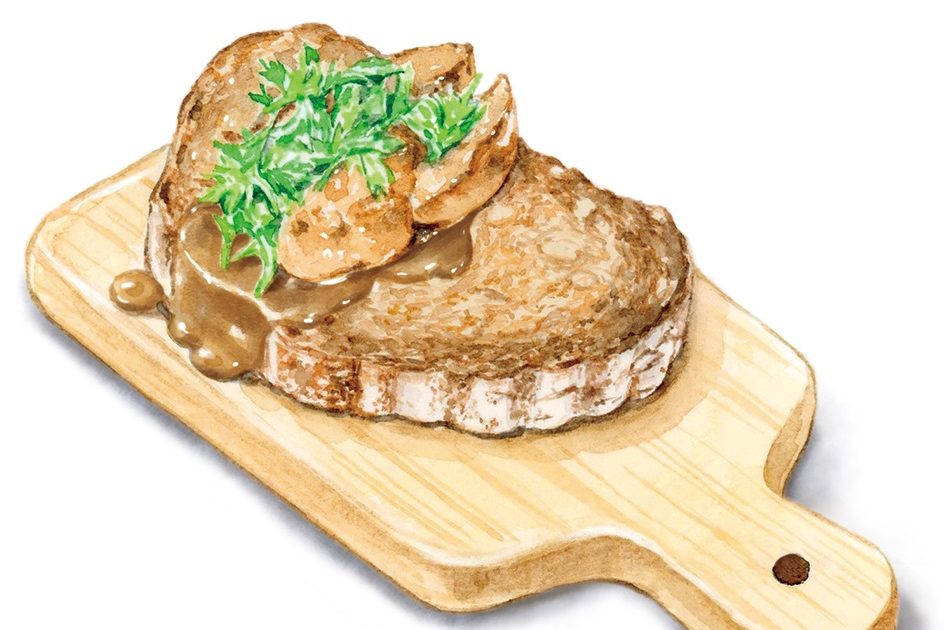Linzer torte has quite the claim to fame: some assert that it’s the oldest cake in the world; others that it’s the oldest to be named after a place. It feels churlish to split hairs, but those two assertions are quite different, aren’t they? In any event, it’s certainly very old. For a long time it was thought it dated back to 1696, when it was mentioned in a recipe held in the Vienna City Library. But twenty years ago, an earlier reference was found by Waltraud Faißner, a Linzer torte historian, dating it to 1653 in the snappily titled Book of All Kinds of Home-Made Things, Such as Sweet Dishes, Spices, Cakes and also Every Kind of Fruit and Other Good and Useful Things etc.
This is a pudding that looks as if you’ve put in huge amounts of effort and skill, when the opposite is true
A Linzer torte is composed of two layers of pastry encasing a jam filling, but what makes it distinctive is the Linzer dough. This is a very short, crumbly, butter-heavy dough, with a large proportion of nuts — most traditionally hazelnuts, although walnuts and almonds often feature — lemon zest and a little spice. It is biscuity and nubbly, with the intensely earthy, buttery, bittersweet flavor of the nuts sitting happily against the gentle spice and lemon. And biscuity is the right word: while “torte” means cake, the texture and experience of eating a Linzer torte is far more cookie than cake. It’s no surprise that it enjoys a second life in both Austria and America as an individual holiday treat.
The filling is not set in stone. Some Linzer tortes use raspberry jam or, in countries where it is more widely available, redcurrant jam. Cranberry is common, as is apricot. I have seen suggestions of Nutella, mincemeat and marmalade, but these do feel a little like heresy to me. I like a combination of redcurrant jelly (easier to find here than the jam), and whole cranberry sauce; the sharp tang of the two work well against the pastry, and the cranberries bring welcome texture.
This is a very beautiful torte: the top is always latticed, using the same dough as the base, with the jewel-red of the jam gleaming through the diamonds of the crossed pastry. But for all that beauty, it’s deceptively easy to make: the dough is best brought together in a food processor, so it’s much simpler than the kind of pastry you have to rub or cream.
Using toasted or roasted hazelnuts brings an extra dimension of flavor. Often shop-bought hazelnuts will already have been roasted and skinned, but if you’re doing it yourself, make sure they’ve completely cooled before grinding them, or they’ll give out too much oil and turn into nut butter.
Once made, the pastry is sticky, even after chilling, and feels like it may be a complete nightmare to work with. In fact, the first time I ever handled it, I tried to be too clever, and it was a complete nightmare. I attempted to roll the whole thing between two sheets of greaseproof paper — usually a nifty trick for getting a neatly rolled dough that neither tears nor sticks. The opposite happened, and it was like trying to roll out Spackle. Happily, the dough responds far better to a lightly floured surface — and if the pastry does tear, the butter content will ensure it stitches back together as it bakes, and the nut content makes it unlikely that you’ll overwork the pastry if you need to have a second go at rolling.
The pastry’s composition also means there’s no need to blind bake. You merely line a tart tin with a layer of the pastry, fill almost to the edge with your jam, and lay strips of the dough on top. Unless you fancy making your own jam, the filling needs almost no preparation and no cooking. And the lattice topping is a bit of a cheat: it’s actually just a criss-cross. Easy!
There’s nothing I like more than a pudding that looks as if you’ve put in huge amounts of effort and skill, when the opposite is true. Linzer torte delivers effortless grown-up elegance while having more in common with a simple jam tart than other, far more involved Austrian tortes. Perhaps that’s why it has stood the test of time as the oldest cake in the world. Or the oldest cake named after a place. Who’s really counting?
Takes 20 minutes, plus chilling time
Bakes 30 mins
Serves 8
For the pastry
- 1 cup plain flour
- ½ cup powdered sugar
- ¾ cup roasted, skinned hazelnuts
- 1 lemon, zested
- ¼ tsp ground nutmeg
- ½ tsp ground cinnamon
- ¼ tsp fine salt
- ¾ cup butter
- 1 large egg
- 1 large egg yolk
For the filling
- 1½ cup redcurrant, cranberry or raspberry jam
- 1 lemon, juiced
- Pulse the hazelnuts into a fine rubble in a food processor, and set to one side; go slowly so that you don’t grind the nuts too finely, which will cause them to give up their oil. Now pulse the flour, butter, powdered sugar, lemon zest, cinnamon, nutmeg and salt together. Add the ground hazelnuts, egg and egg yolk, and pulse briefly until a cohesive dough forms. Turn the dough out, wrap in cling film, and refrigerate for an hour.
- Preheat the oven to 350°F. Take three-quarters of the dough and roll it out into a ten inch round. Transfer onto the base of a nine inch tart tin, pressing it into the sides, and leaving a little overhang at the top.
- Stir the lemon juice into the jam, and spoon this on to the pastry base.
- Roll out the rest of the pastry, and cut thin, one-fourth inch strips. Use these to create a lattice on top of the filling by laying half of the strips out in one direction, and then crossing them with the rest of the strips, to form a diamond pattern exposing the jam, then fold the overhang of pastry on to the tart, to enclose the edges of the lattice.
- Bake for thirty minutes until the pastry is golden brown. Allow to cool before demolding from the tart tin.
This article was originally published in The Spectator’s UK magazine. Subscribe to the World edition here..


























Leave a Reply